More homebuyers are looking for urban amenities in their suburban communities
By Gayle Bennett
Over the last decade, many of the nations cities from Boston to Seattle saw their populations grow. The suburbs are dying, some cried in response.
Not so fast. A Brookings Institution analysis of U.S. Census data shows that in 2014, the population growth of the suburbs equaled that of urban areas. City living has its appeal, but so does the suburban lifestyle.
However, this is no longer an either/or conversation. Hybrid communities that incorporate the walkability of city living within planned suburban subdivisions are cropping up across the country. Residents of these urban-minded suburbs can walk to schools, restaurants, shops and entertainment options. Some of these communities are also located next to industrial parks, potentially also reducing the commute for local residents.
This phenomenon isnt just anecdotal: The American Communities Project counts 107 suburban counties that are close to major cities but have taken on many city characteristics.
The Residential Specialist talked to CRSs who have seen the urban suburb flourish. These walkable communities are drawing a range of homebuyers who are willing to pay more to have the best of both worlds.
Whats Going On?
Here are four examples of suburban communities that offer residents car-free restaurant, shopping and entertainment options.
{tab Downtown Bellevue, Washington|outline_handles|outline_content}
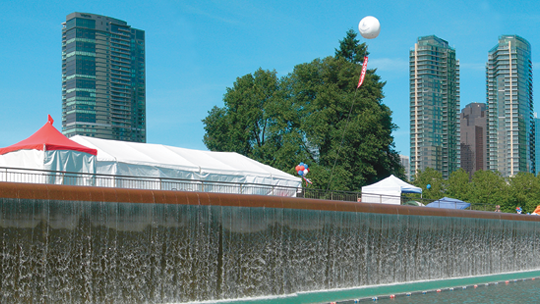
Downtown Bellevue, which lies at the heart of Seattles suburban Eastside, has its own skyline and commercial district. Michael Orbino, CRS, with John L. Scott Real Estate who both lives and works in Downtown Bellevue, says the areas first high-rise condo, 25 floors, was built in 1995. That was the hot place to be, Orbino says. Then, about 10 years ago, a half dozen other condos have popped up that are twice that height. Single-family homes ring the downtown perimeter.
Surrounding all this housing is a bevy of restaurants, shops and art galleries. In the last 10 years, Bellevue has kind of separated itself to be its own city, Orbino says. Its a suburban city for sure, but it has its own identity now.
BUILDING A SENSE OF COMMUNITY
Many urban-suburban communities are the result of new mixed-use development. But ensuring these communities are just that communities can take some extra planning.
Michael Orbino, CRS, with John L. Scott Real Estate in Bellevue, Washington, says that Downtown Bellevue has slowly evolved into a true community, but it took a lot of work. People have to get together and make that happen, he says. Otherwise, its just going to feel like a bedroom community. Fifteen years ago, we still had our downtown, but there was nothing to do after 6 p.m. The streets were empty. Now it goes to midnight or 1 a.m., but it still feels safe and clean.
For example, summertime brings regular outdoor concerts and food-truck nights.
We didnt have a lot of that at first, he says. Were still the suburbs, so were learning how to act like a city.
{tab The Shops at Legacy, Plano, Texas}
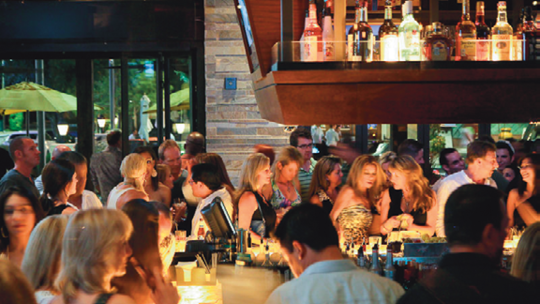
In the 1980s, businessman and soon-to-be presidential candidate Ross Perot developed approximately 3,500 acres in Plano, Texas, to be a hub of corporate headquarters. He built it, and they came. A number of corporations from JCPenney to Frito-Lay moved their headquarters to Legacy Business Park, and corporate tenants continue to move there today.
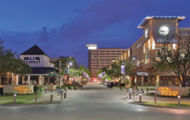
About nine years ago, a developer added commercial and residential development to this mix on the theory that people would want to live and play there, too. The filet of the cut in a central business district is The Shops at Legacy, says Mike Brodie, CRS, with Keller Williams Plano, describing the developments placement in the middle of the office park.
Housing around The Shops at Legacy has been so popular that a new phase is being added, complete with a 40-story condo building and three-story townhome units with rooftop patios. What you dont have is a typical single-family house on a 60- to 90-foot-wide lot with a swimming pool in the backyard, Brodie says.
IF YOU BUILD IT, WILL THEY COME?
The Shops at Legacy in Plano, Texas, is a mixed-used community in the middle of an established office park. Its been a roaring success, but Mike Brodie, CRS, with Keller Williams Plano, says thats because the market was ready for it, and the housing piece of it started small.
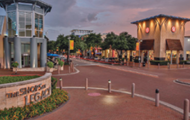 The reverse happened 10 years ago when developers decided high-rise condos were primed to take off in Dallas. They built about seven of them, Brodie says, and they werent letting the market drive it. Demand never matched the supply.
The reverse happened 10 years ago when developers decided high-rise condos were primed to take off in Dallas. They built about seven of them, Brodie says, and they werent letting the market drive it. Demand never matched the supply.
With the Shops at Legacy, the developers listened to the market, he says. They did the research, and the more the demand grew, they just kept responding to it and expanding.
{tab One Cherry Lane, Greenwood Village, Colorado}
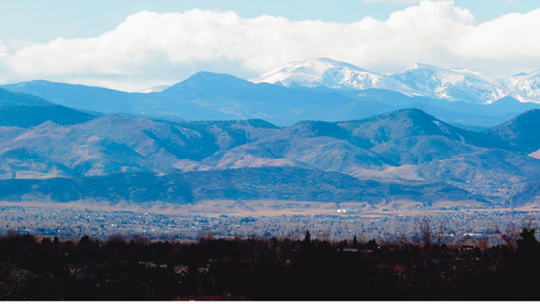
One Cherry Lane is a new development of single-family homes in Greenwood Village, an affluent Denver suburb. The development of 90-plus semi-custom homes is within walking distance of a long-established business park, a cluster of restaurants and shops, and a light-rail stop. Everyone who walks in says the same thing, says Martine Addison, CRS, with Classic Colorado Homes GroupRE/MAX Professionals. I dont want to be in the suburbs anymore, but I dont want to be downtown. I want to walk to shops and restaurants, but I dont want to have it in my face. A small HOA (Homeowners Association) fee includes front-yard landscaping, snow removal and a 24-hour guard gate.
{tab Southern Pines, North Carolina}
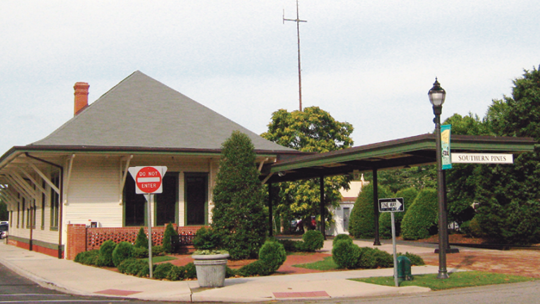
Most of downtown Southern Pines housing and commercial buildings date back to the 1920s. Close to many popular golf courses, this picturesque downtown draws a healthy tourist business.
But its also a year-round community that is now booming, thanks to a subset of buyers retirees and members of the military posted at nearby Ft. Bragg who want more walkability than the surrounding communities offer.
About four years ago, sensing this increased demand, Tim Venjohn, CRS, with Rhodes and Co. Real Estate, teamed up with investors to build new houses on empty lots downtown. They take great pains to ensure these infill houses fit the architectural style of those around them. When were done, it looks like a house that was built in 1928, and someone remodeled it and put new siding on it, Venjohn says.
Venjohn and his partners are now developing a small tract of land on the edge of downtown. Were going to have walking trails that go through the neighborhood and then out of the neighborhood so people can walk downtown, he says.
{/tabs}
Whos Living Here?
Almost half 48 percent of respondents to the 2015 Community and Transportation Preferences Survey, conducted by the National Association of REALTORS®, said they would rather live in houses with small yards that are within easy walking distance of the communitys amenities than in houses that have large yards but require driving to amenities.
This preference is particularly strong among millennials. But along with young professionals, a growing number of older suburban homeowners are also drawn to this slightly more urban lifestyle. Now that the kids are gone, or about to be, they want to be in a more walkable community and in a home that requires less maintenance.
Many of our buyers are coming from very large homes into a two-bedroom, 2.5 bath, Addison says. But they dont need [a big house] anymore, and they are close to everything they want to be close to.
The siren call of the more traditional suburbs still speaks to young families or those about to go down that road. The families with three kids and three cars in the driveway have not been our buyers, Venjohn says, a sentiment echoed by the other CRSs.
Orbino emphasizes that his buyers fit more of a psychographic profile than a demographic one. Its not about age or income, he says. They want a downtown vibe but dont need all the hustle of the city. It scratches that urban itch without having to be fully committed to it.
High-End Communities
These urban-minded suburbs offer city amenities in an appealing package, and that doesnt come cheap. Research from the American Communities Project has found that urban suburbs are the wealthiest community type, with an annual median household income of about $66,500.
Downtown Bellevues housing ranges in price from $350,000 to $5 million, and the houses at One Cherry Lane in Greenwood Village start at $1.2 million. Brodie says that per square foot, housing in The Shops at Legacy in Plano is more expensive than in the surrounding suburban area.
But the price appears to be right. Demand for suburban walkable communities is strong and shows no sign of abating. And if bringing a bit of the city lifestyle to the bucolic suburbs draws homebuyers, savvy REALTORS® have a big opportunity to help them complete a home transaction.
Read more about this trend in The End of the Suburbs: Where the American Dream is Moving, available at Amazon.








